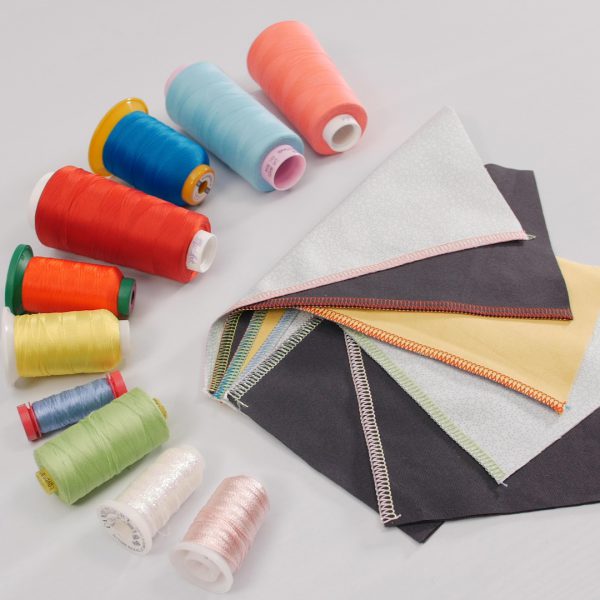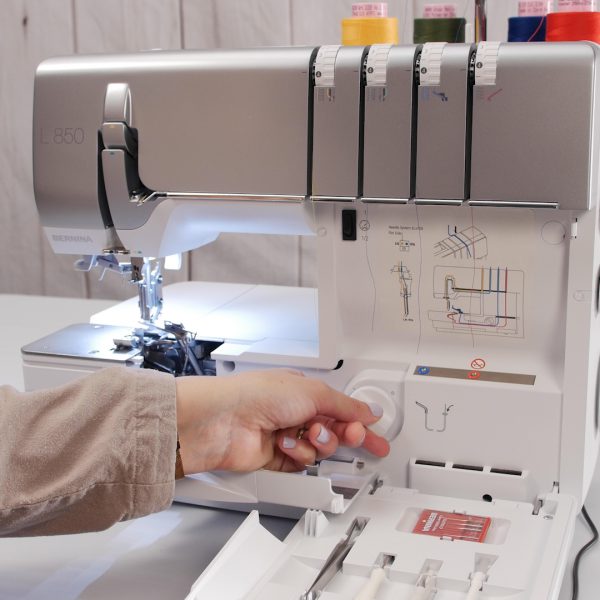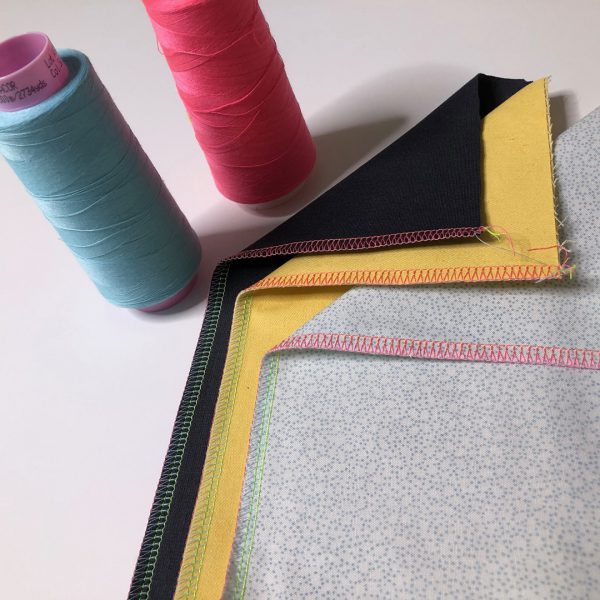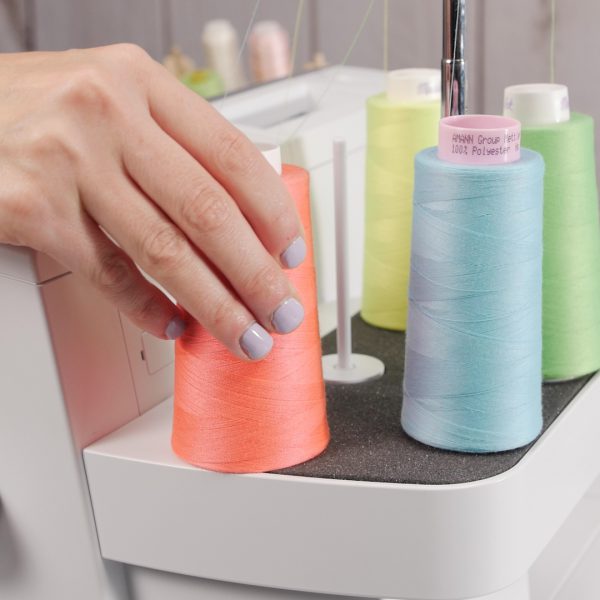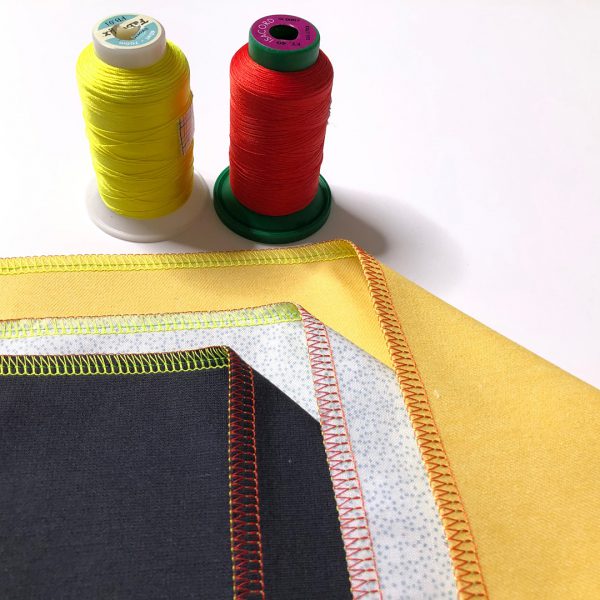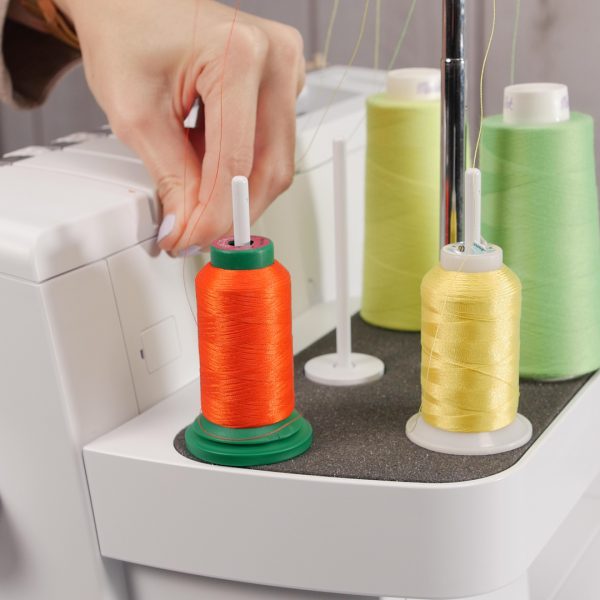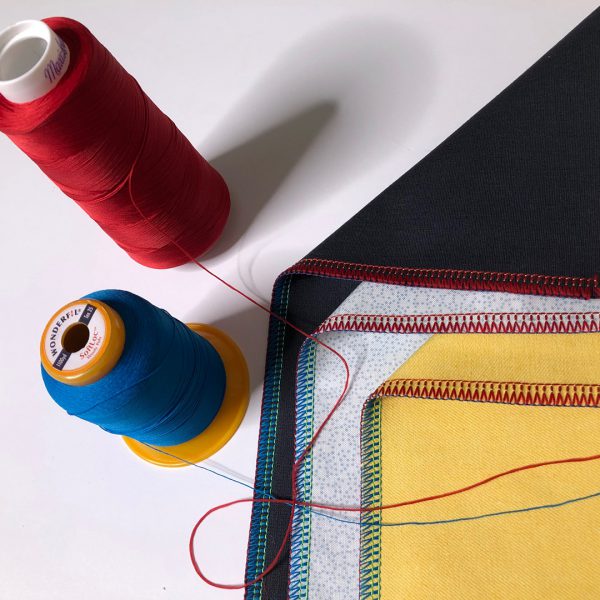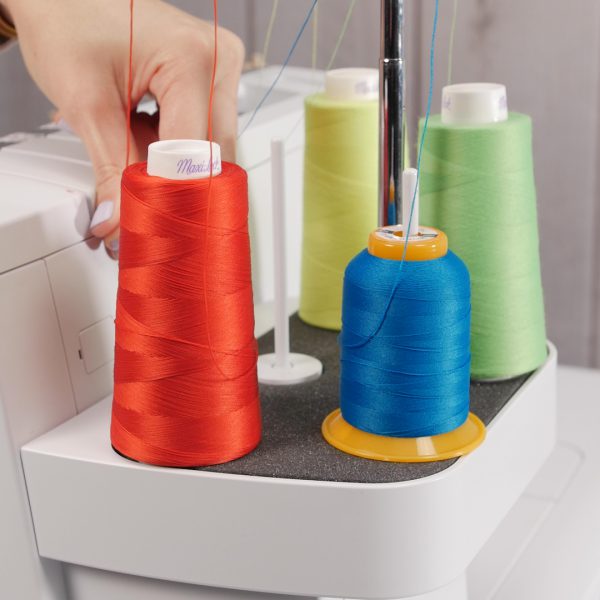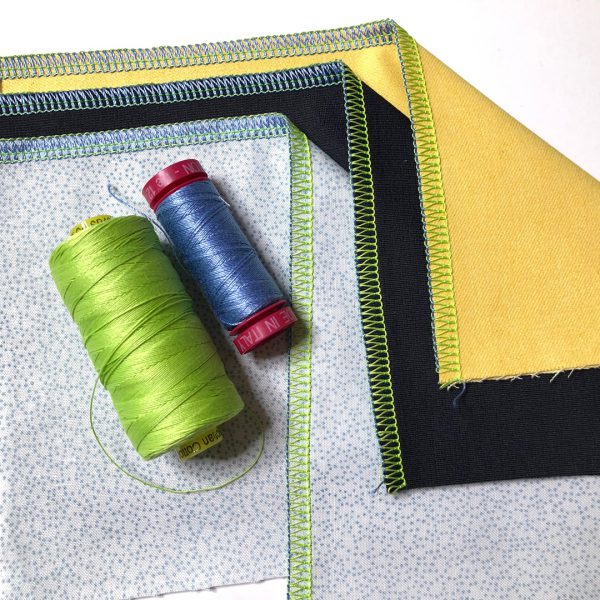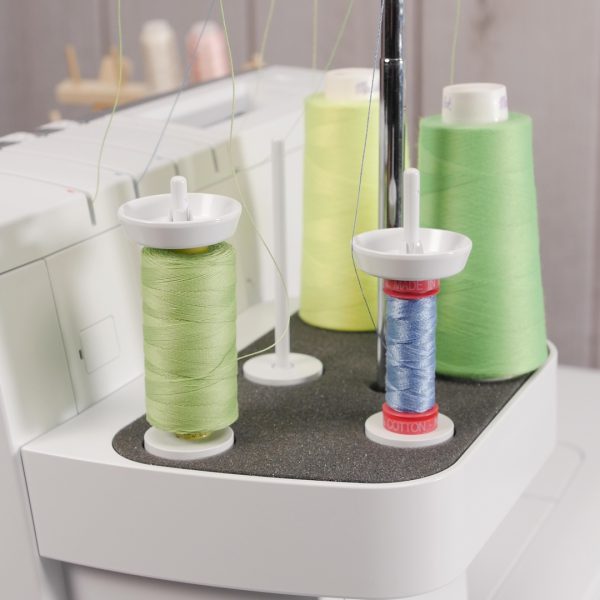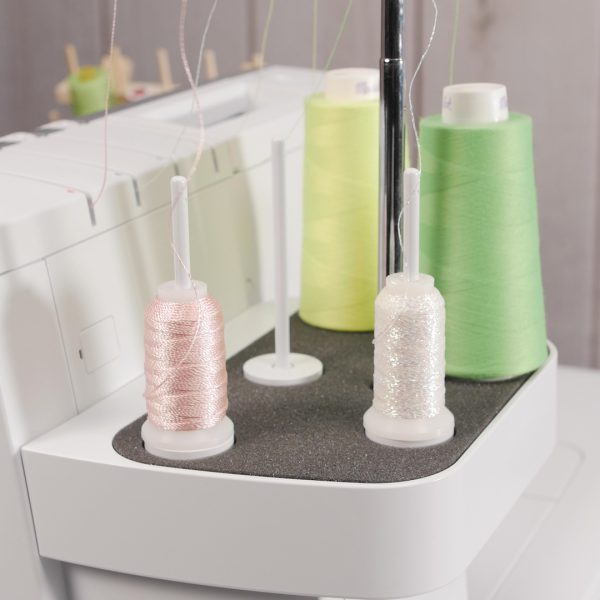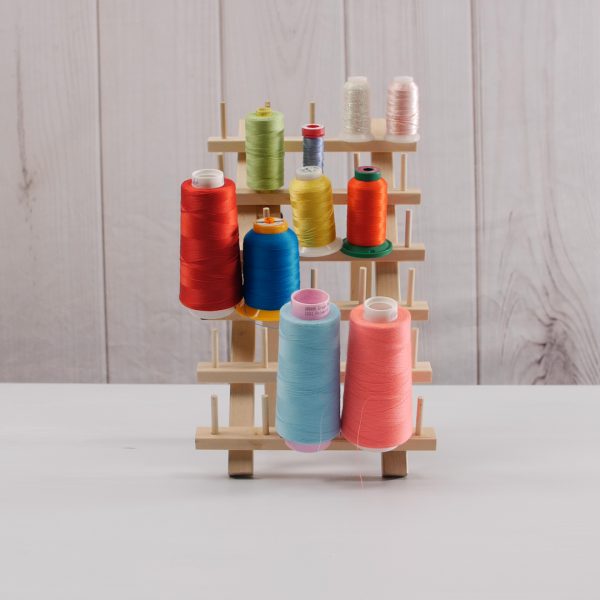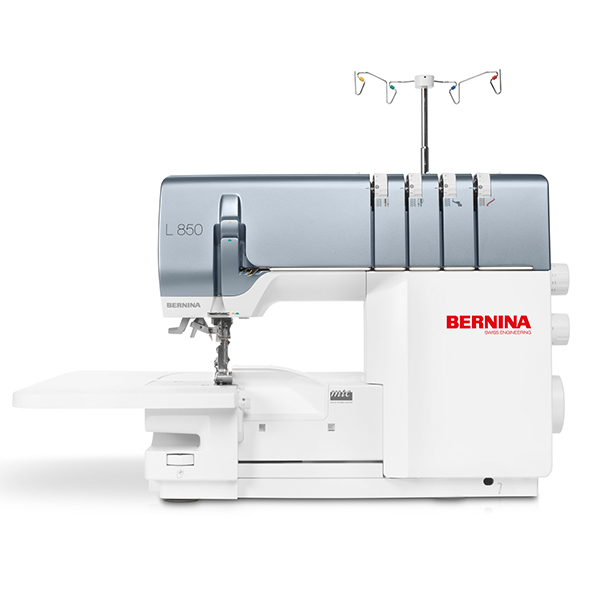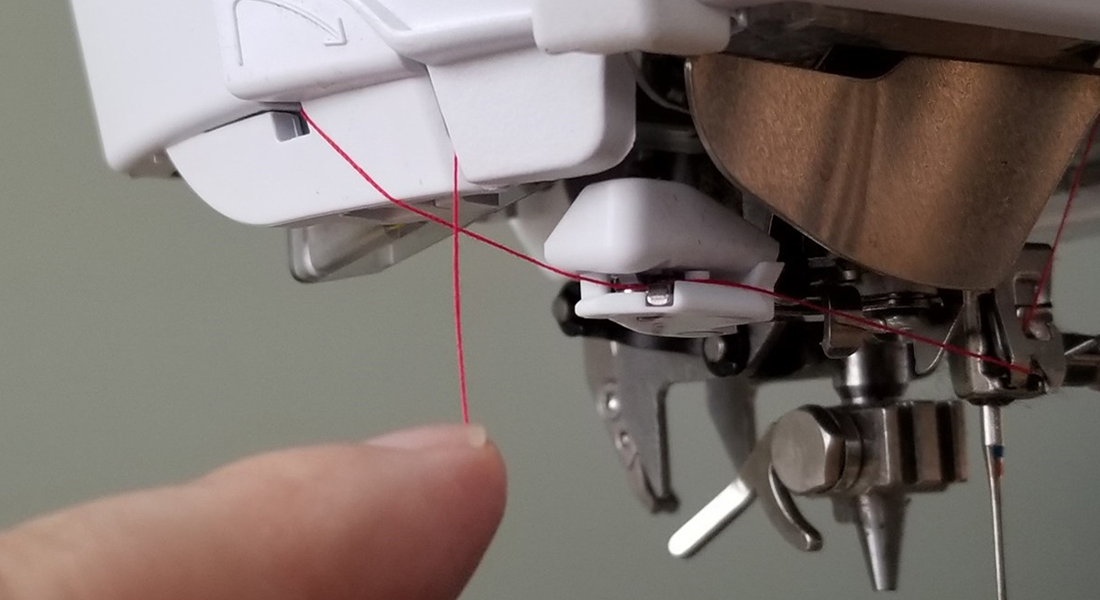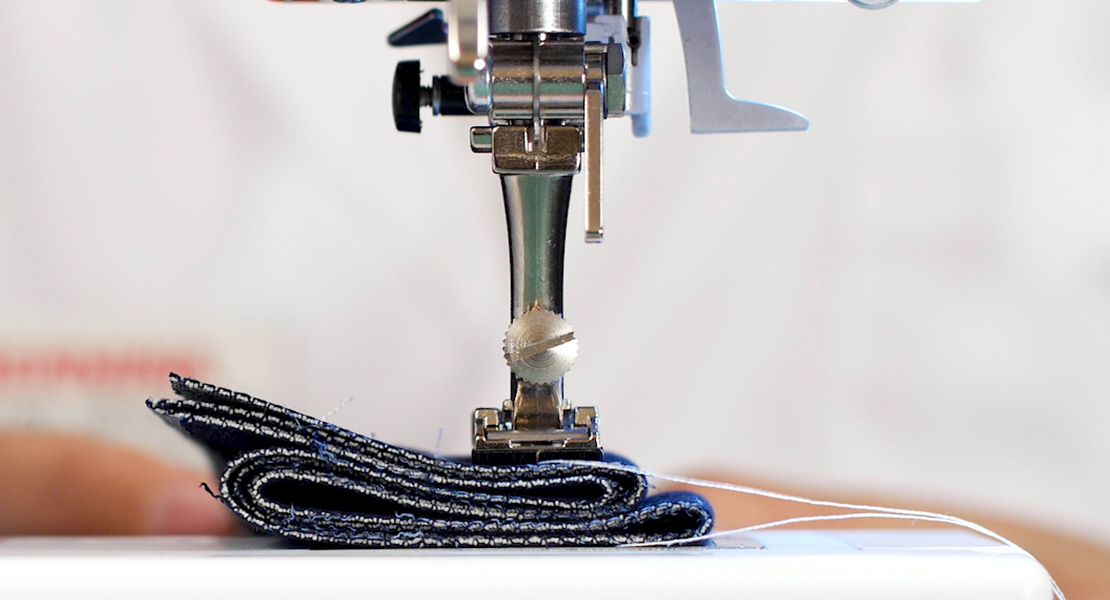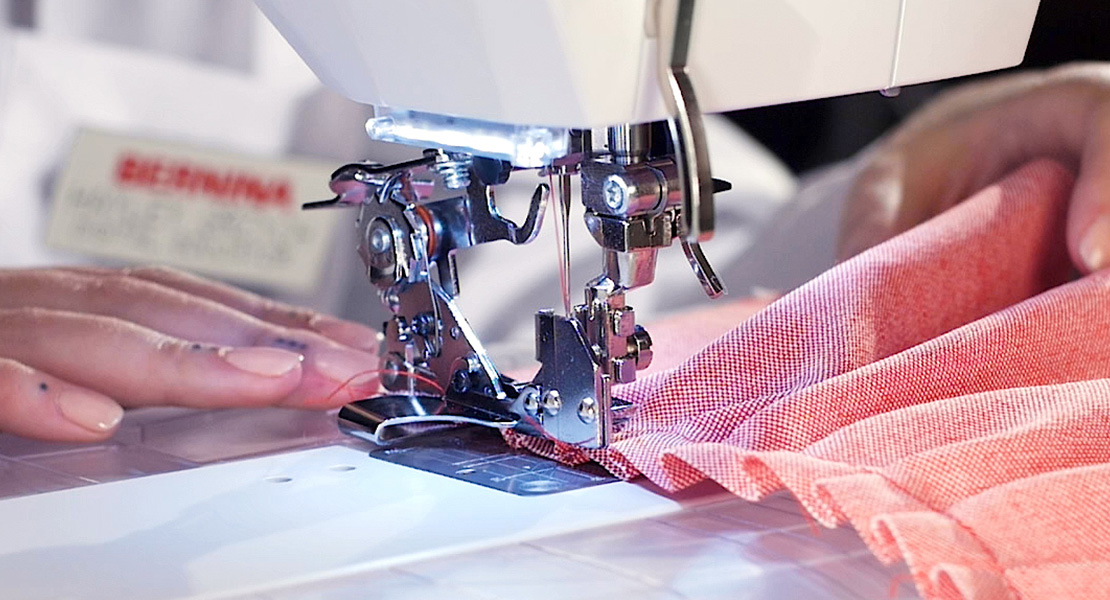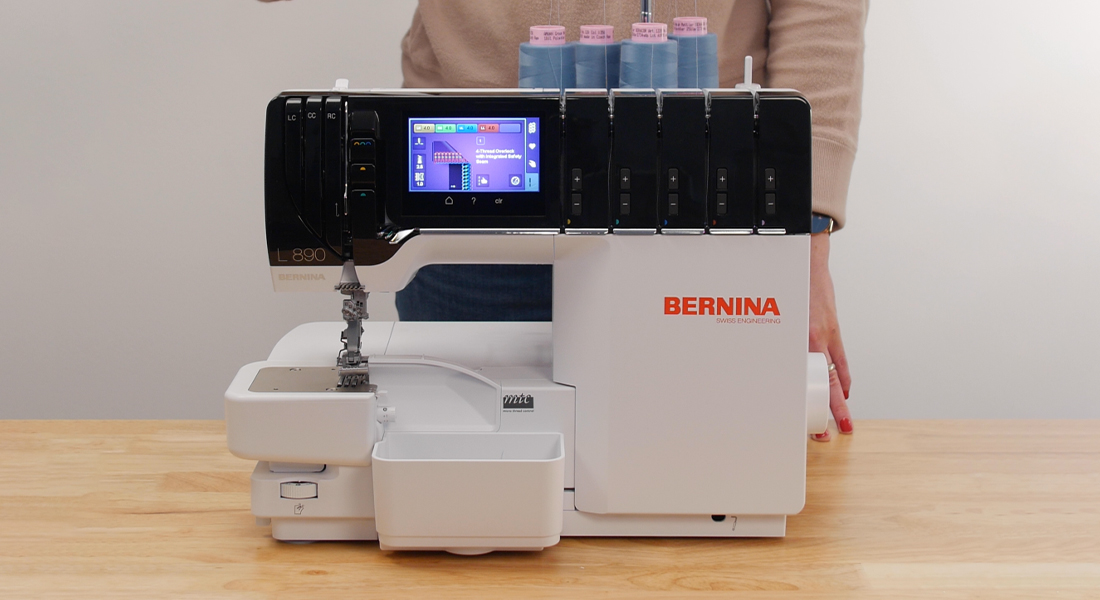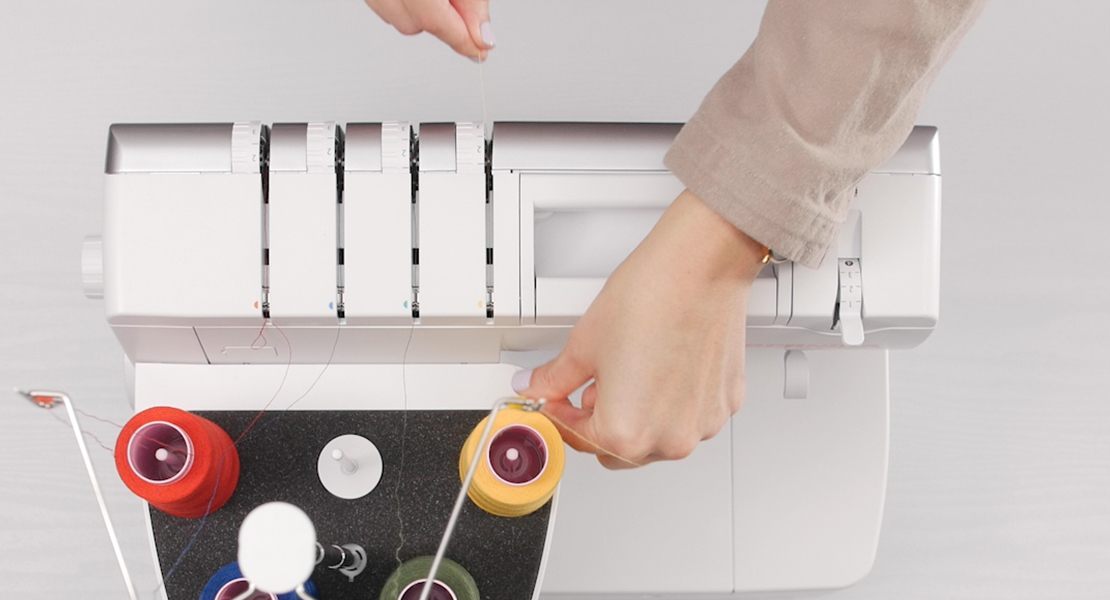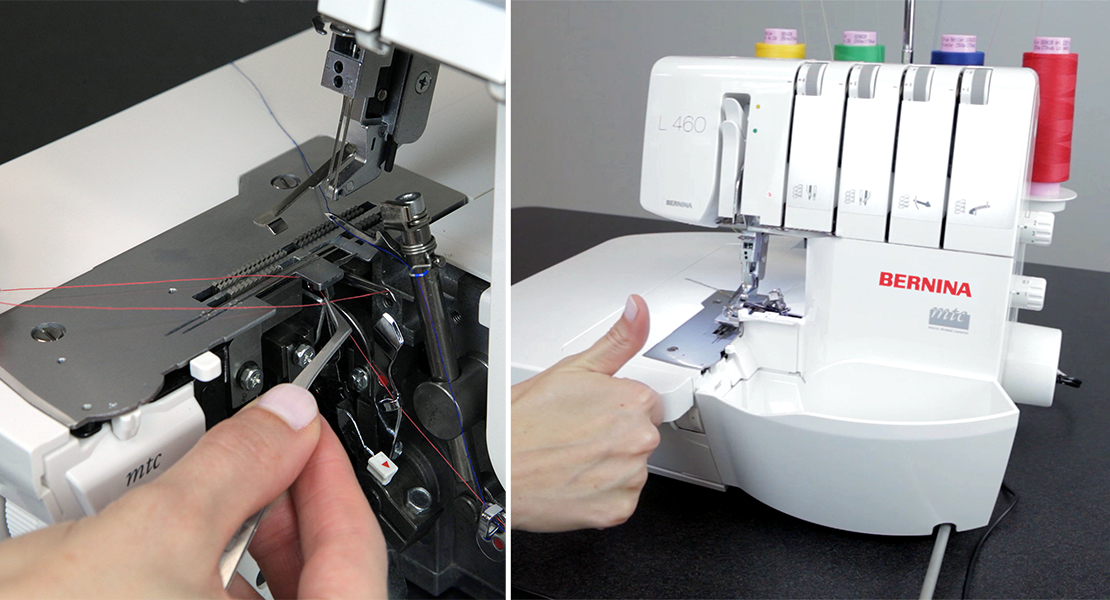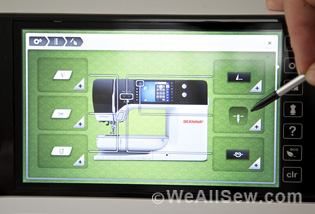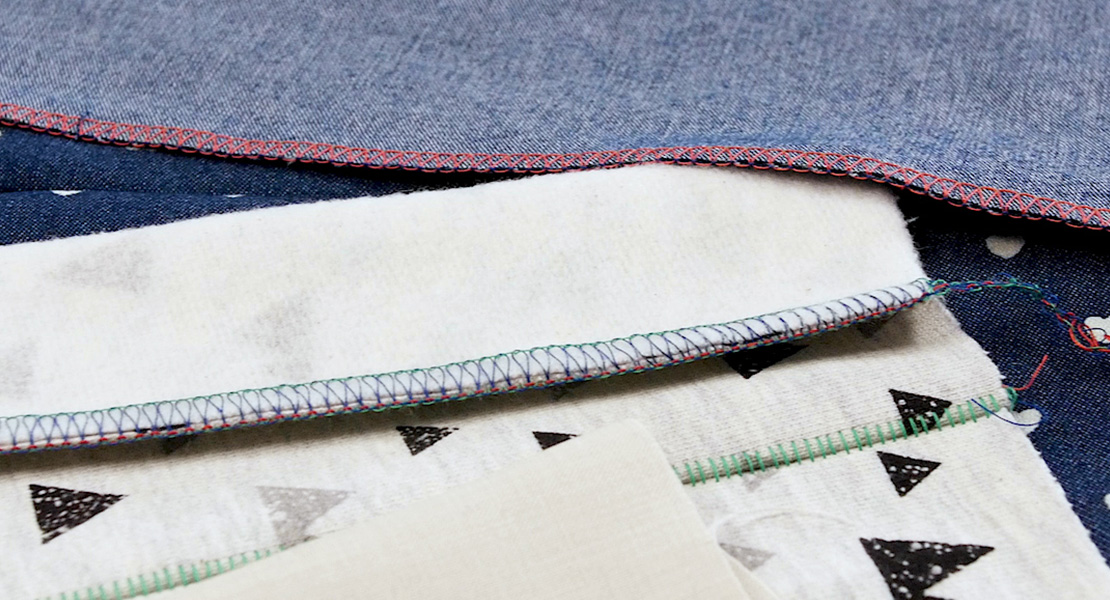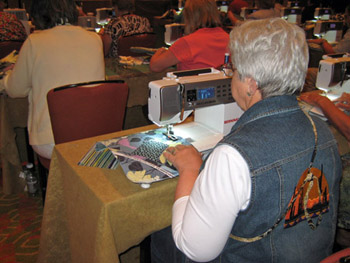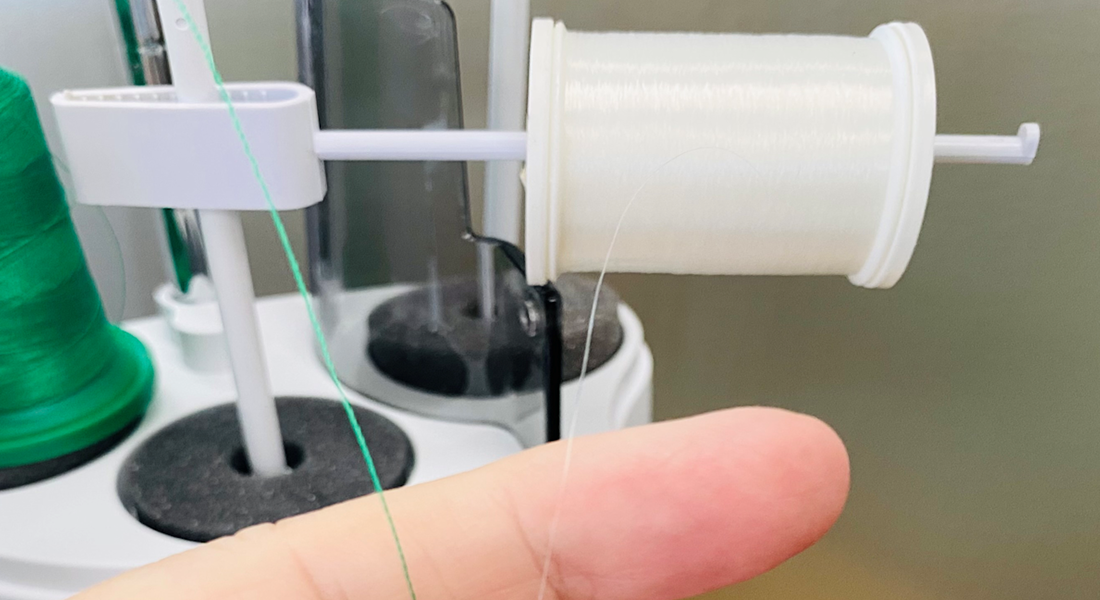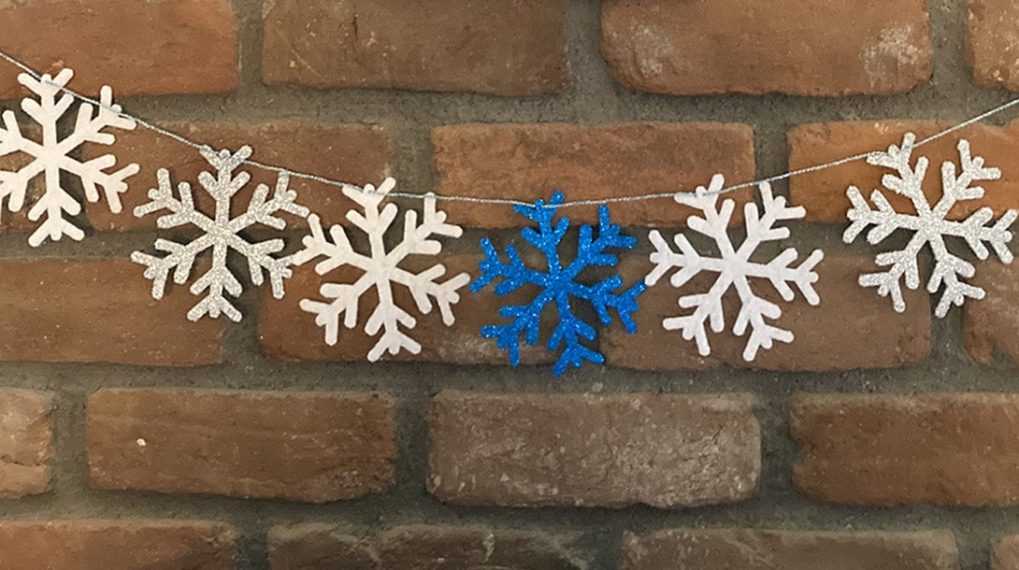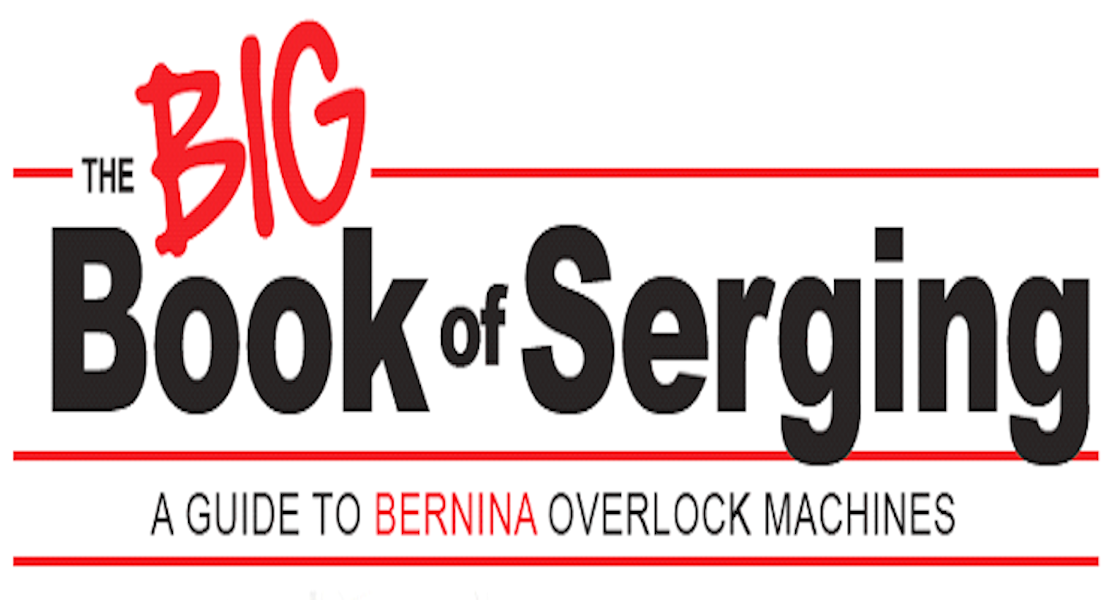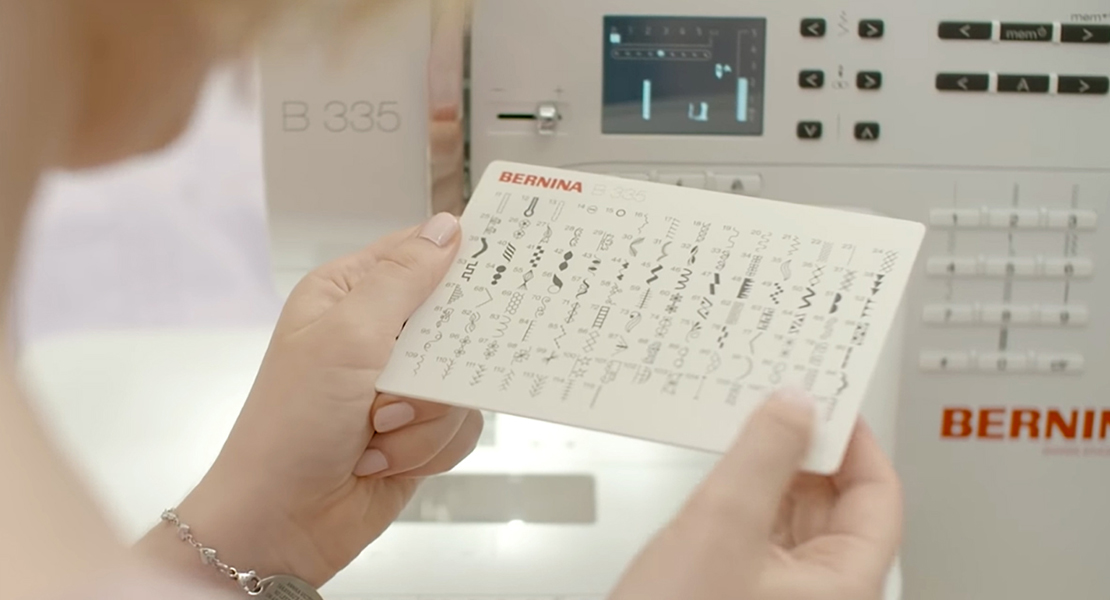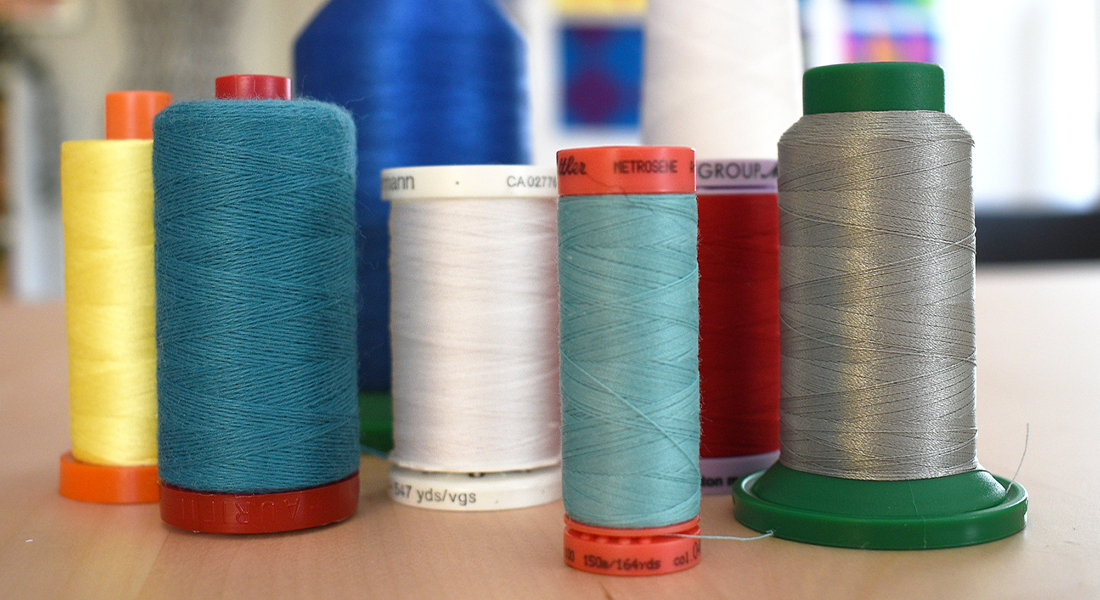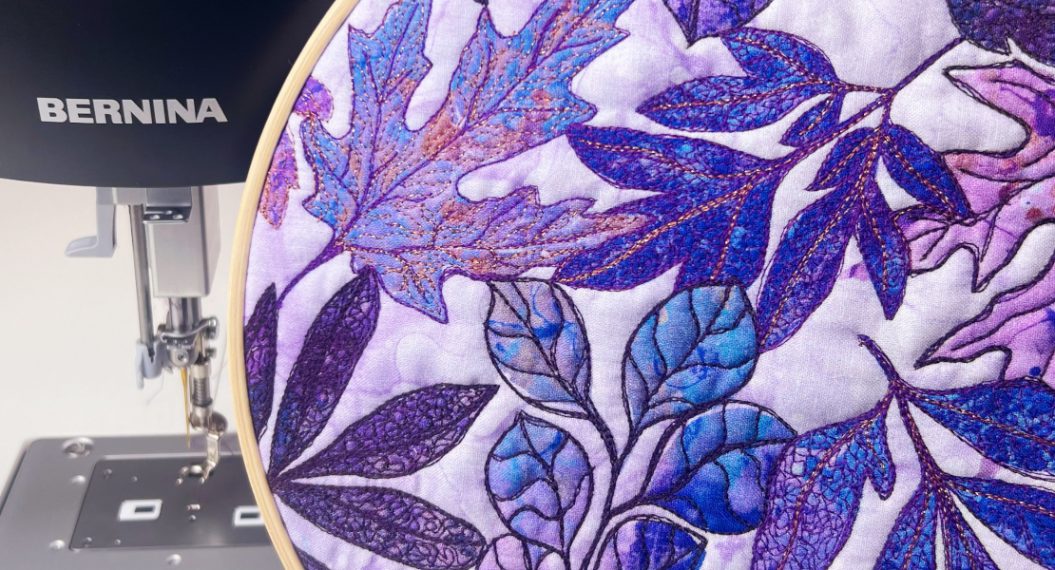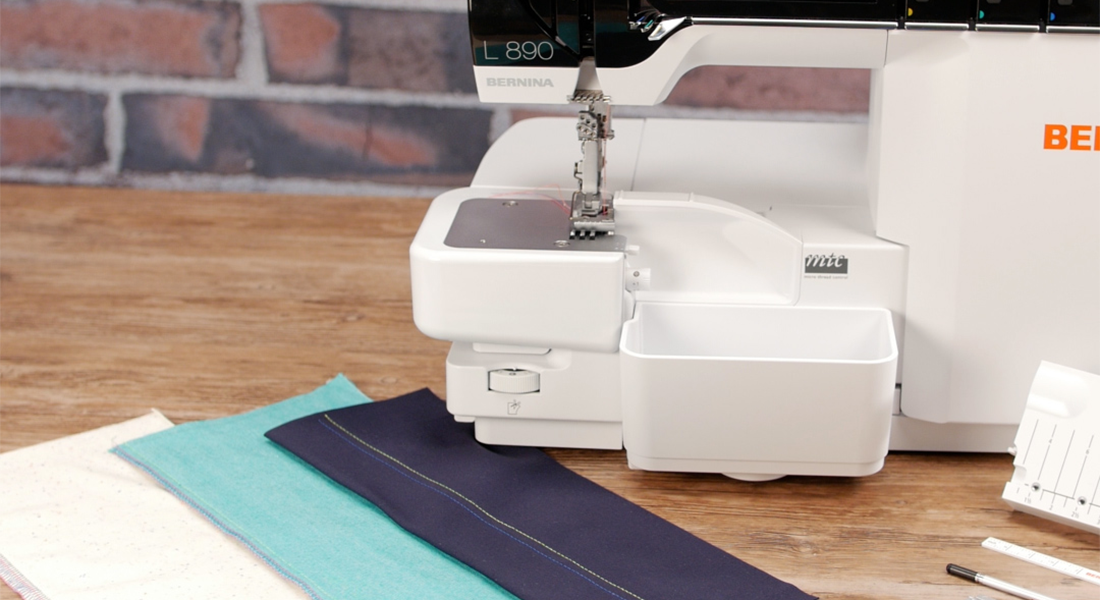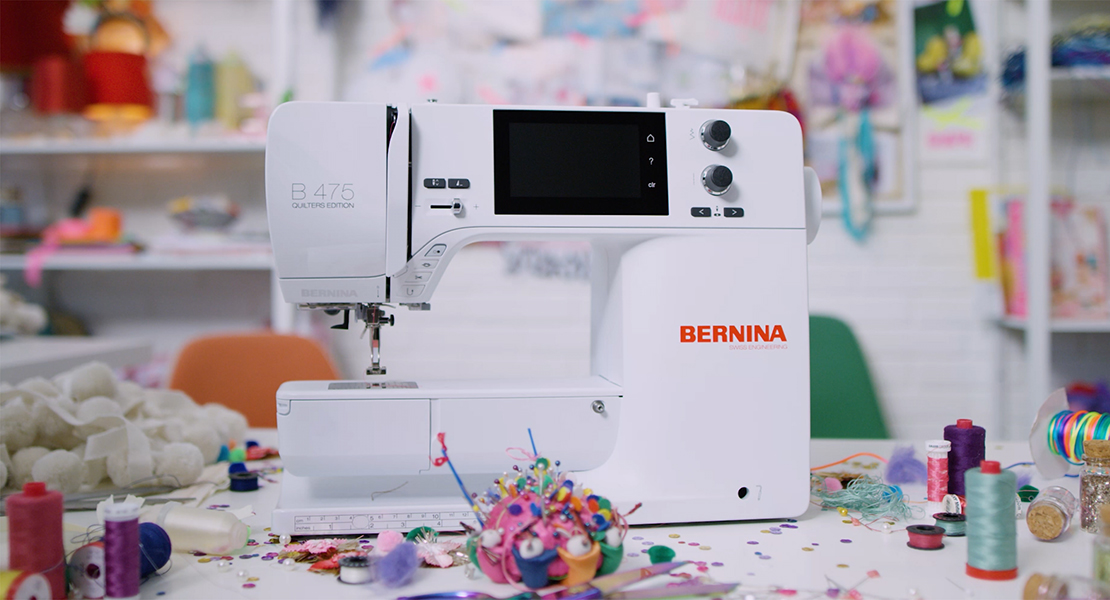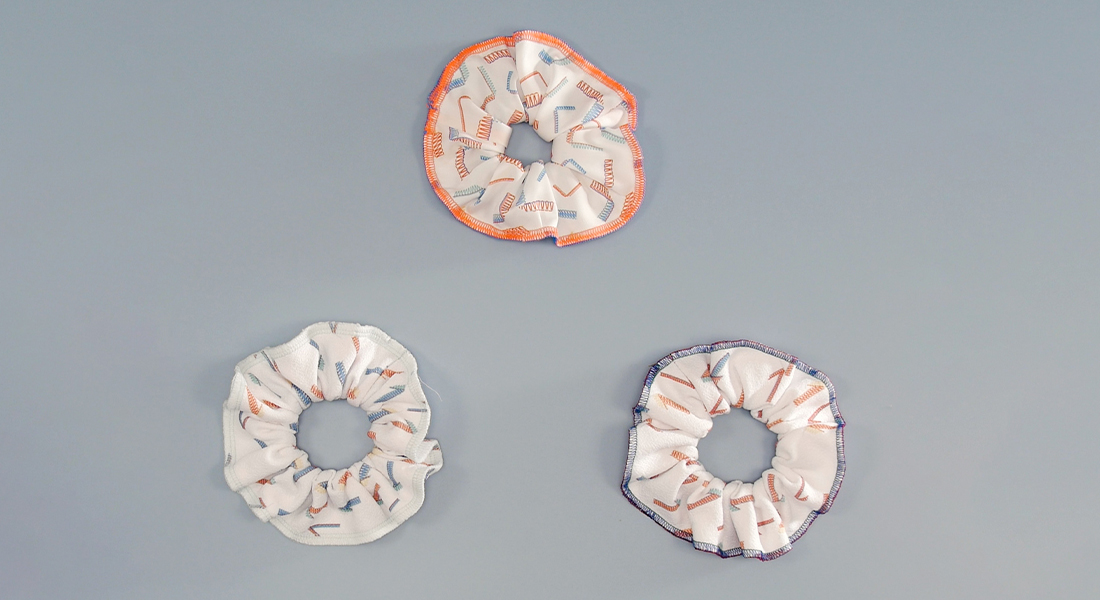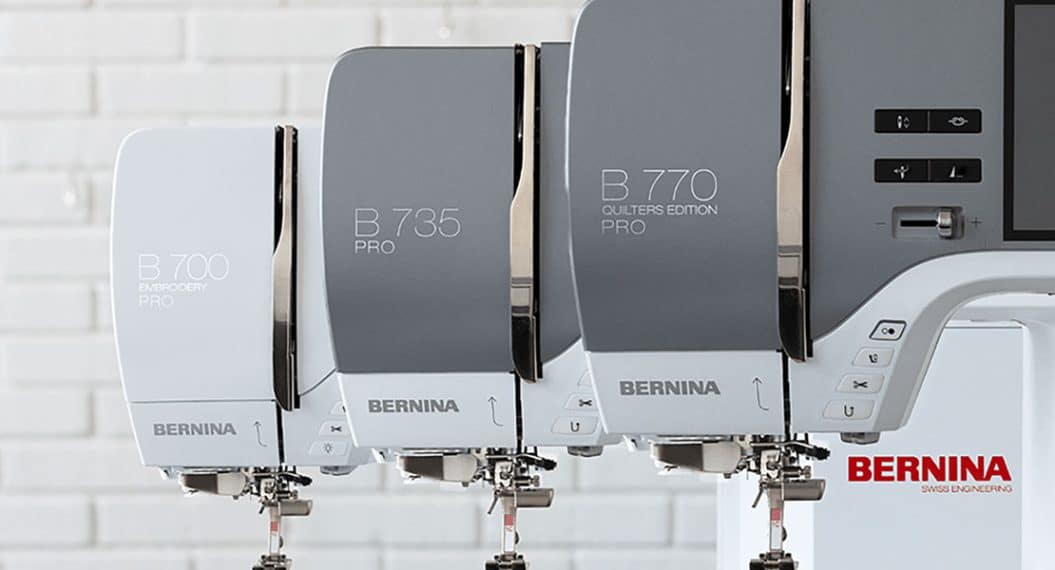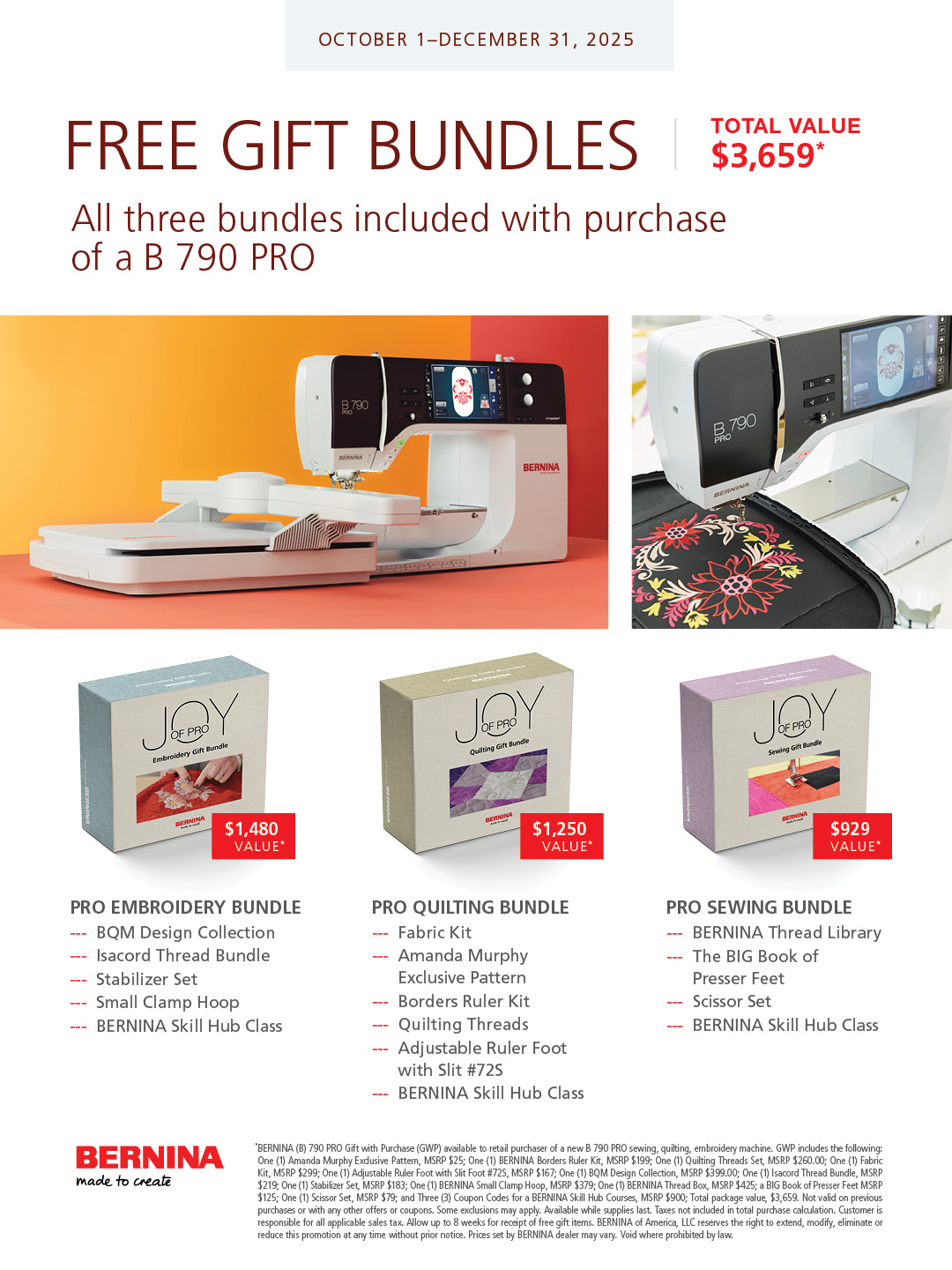BERNINA L Series Overlocker: Will it Thread?
One of the best things about an Overlocker is the vast number of threads you can use through the loopers. Using decorative threads in conjunction with the ability to change so many settings on the machine means the stitch possibilities are limitless. Air threading makes changing the threads so easy that there really is no reason not to give all the threads a try!
For the Will It Sew series, we decided to change the parameter to Will It Thread, and we tested many threads with the new One-step BERNINA Air Threader. The results were overwhelmingly positive, and this will allow for numerous creative possibilities. In this blog post, I will review a few of my favorite threads for use in an overlocker/serger.
Machine Featured: BERNINA L 850
All-Purpose Serger Thread
Just like with your sewing machine, using a good quality thread makes all the difference in the results you see, both in the finished product and in the performance of the machine. There is a reason that when troubleshooting problems with machines that we start with TNT—Threading, Needles, Thread. Usually one of these three things is the reason an otherwise mechanically sound machine is not functioning properly.
Choosing a good all-purpose serger thread is a personal preference based on your sewing needs. If you are a quilter or fabric dyer, you might prefer to use a cotton thread for this. For me personally, I do all kinds of sewing and that includes a lot of garment and home décor projects. So that means I prefer a polyester thread due to its strength and durability. I use my overlocker often, so the large cones of thread are what I buy. You can also use smaller spools of thread on an overlocker too, but remember they will be used up fairly quickly.
Tip: Rotate your serger threads like you rotate tires on a car. The loopers use much more thread than the needles, so every so often swap the thread placement from the needles to the loopers to maintain the spools as a group longer.
Seracor is a polyester thread made by Metrosene that comes in 50 colors and two sizes of spools. This thread has a nice matte appearance and is a good quality smooth thread without a lot of slubs and lint build up. When using a serger, you create an extra amount of lint. So starting with a nice smooth thread like Seracor is my perfect match.
Maxi-Lock is another brand that makes the large cones of all-purpose polyester serger thread. It is easier to find because it is carried by many larger retailers. This thread comes in a wide range of colors—many of which can be matched to a specialty thread they make called Maxi-Lock Stretch (a texturized nylon thread). I also have a fondness for the neon colors that they make.
Tip: Buy four spools of neutral colors (eggshell, grey, beige) when you are starting out, as they can blend with various fabrics easily. Then slowly build up your color collection over time. If needed, color match your needle thread to your project (even using small spools for this), as it would be the only thread that should potentially show up on the outside of the project.
Machine Embroidery Thread
A fun and easy way to add a little bit of special shine to your serged projects is to use machine embroidery thread. This thread is often polyester and will come in a lot more color options. Some embroidery thread is made from rayon and may not be color fast, so always do your homework before adding it to your masterpiece. Many machine embroidery threads on the market also come in a lot of variegated color combos, which can be a lot of fun for decorative stitches with short stitch lengths.
Isacord is 100% polyester thread that comes on 1000 meter spools. With over 500 colors to choose from, you are sure to find an exact match. I generally use this thread for applications where the thread will be seen, as it has a shiny appearance. The spool cones are a nice size for the overlocker and the snap-to-close base keeps the thread tails nice and tidy when in storage.
Fabulux by Wonderfil is another option for a thread with lustre. This thread was designed for longarm quilting, but I have found that I love to use it in my overlocker for the same reasons I mentioned about the Isacord embroidery thread. Wonderfil makes a great selection of neon and variegated colors in this 40wt polyester thread.
Texturized Thread
A common specialty thread for use in overlockers is texturized thread. This is sometimes referred to as wooly nylon—named after a brand, Woolly Nylon by YLI (think Kleenex vs. tissue). The reason this thread is so great for an overlocker is that it works so well threading through the large looper eyes. It was a pleasant surprise to find that this thread worked in the air threader every time! I have used this thread often in all my previous non-air threading overlockers, but it is threaded through the loopers by tying it onto another thread and pulling it through the machine. No need for that with the BERNINA air threader machines!
Texturized thread has two really exceptional properties that make it great for use in overlock stitches. The first is that it is soft to the touch, making it ideal in seams that lay directly against your skin—think leggings and most activewear. In addition to softness, it is also very stretchy, giving those seams a little extra stretchiness when used. The second property is that because of its fluffy texture, it fills in thickly and prominently when sewn. This makes really beautiful rolled hem edges and is probably where you have seen this type of thread used most.
Because the texturized thread is generally only used in the loopers, it is good to have other thread colors that match. Now, before I go too far, you may be wondering about using this thread in the needles. It is possible, but it can be a challenge to thread the needles and the amount of friction on the needle threads doesn’t make it easy to balance the stitch. In my experience, I have not found any advantages for the extra effort to also use this thread in the needles of an overlock stitch. It does work nicely used on the bobbin for a standard sewing machine when doing a twin needle hem for T-shirts.
Maxi-Lock Stretch is the thread I mentioned previously, and is the one that I have most often used. I love the variety of colors available and that those colors are also available as standard all-purpose serger threads to match. This thread is labeled as texturized nylon thread, but I have successfully ironed it without it melting. Use caution and low setting on the iron with this thread.
Softloc is a brand new texturized thread by Wonderfil that is a wooly poly. The fact that it is a polyester based fiber means that it does not have the low melting point of a nylon. This thread comes in 60 beautiful colors and the spools sit nicely on the machine thread stand, enabling the thread to move through the machine at high speeds. I am slowly building my collection of all the colors.
12wt.Cotton Thread
The ability to use thicker threads in loopers is one advantage of working with a serger. The simple act of changing up the thread can lead to a stitch with a whole new look—I love the look of a 12 wt. cotton thread used in the loopers. This thread gives any stitch a more defined appearance, and it is pretty on inside seams or as decorative applications on the outside, like flatlock or rolled hemming.
Just because it’s a serger doesn’t mean you have to use only the large cones of thread. Small spools will fit onto the thread stand also. Remove the stabilization cone from the spool pin and secure the smaller spools of thread with a spool cap. This will keep the thread securely in place when the machine sews high speeds.
Spagetti is a bold matte finish cotton thread by Wonderil, and is used in some hand sewn embroidery applications or hand quilting. But in an overlocker, the results are beautiful! When reading about this thread, I learned that it goes through a double gassing process that results in a very smooth lint free finish. This line has 60 solid color options, and I personally want them al!
Aurifil 12wt. Cotton Mako has been a staple thread in my collection since I discovered the brand. I love the sheen and smoothness of this thread and have used it for a lot of topstitching on sewing projects. This thread comes in 270 beautiful colors. In addition to the 12 wt. cotton thread, Aurifil makes a 12 wt. Wool Thread. This thread is a blend of acrylic and wool giving it a purposefully fuzzy texture that looks lovely when sewn. The texture and lightness of the thread make it harder to air thread, but I found that tying this thread to an all-purpose thread and pulling it through the air threader worked best.
Specialty Thread
The final two threads that I chose to test in the air threader are what I classify as specialty threads. These are threads that was never intended to be used in a sewing machine needle. The two I chose are by YLI, and can sometimes be a little harder to find. I also recently learned that they are no longer making the Candlelight—so if you find this, be sure to stock up and use sparingly.
YLI Pearl Crown Rayon is another thread that I consider to be a classic decorative serger thread. This thick and shiny thread has a distinct twist to its appearance, making it a noticeable addition to your project. It works well for wide decorative edge treatments, but can also make a really lovely rolled hem. When using this thickness of thread in a rolled hem finish, the stitch length needs to be a little longer than the standard length for rolled hemming.
YLI Candlelight is a metallic blend thread intended to be used in overlocker loopers. This type of thread can add some sparkle to your project and is perfect for wider decorative edge finishes on projects like placemats. As a thicker and stiffer thread, it is not ideal for delicate finishes like rolled hems.
As you are probably aware, there are certainly a lot of specialty threads in the market place, and each thread has a matched use and application. I recommend being experimental with the threads you try in your overlocker—you might just be surprised what you discover!
Please share your favorite threads to use in an overlocker in the comments below.
